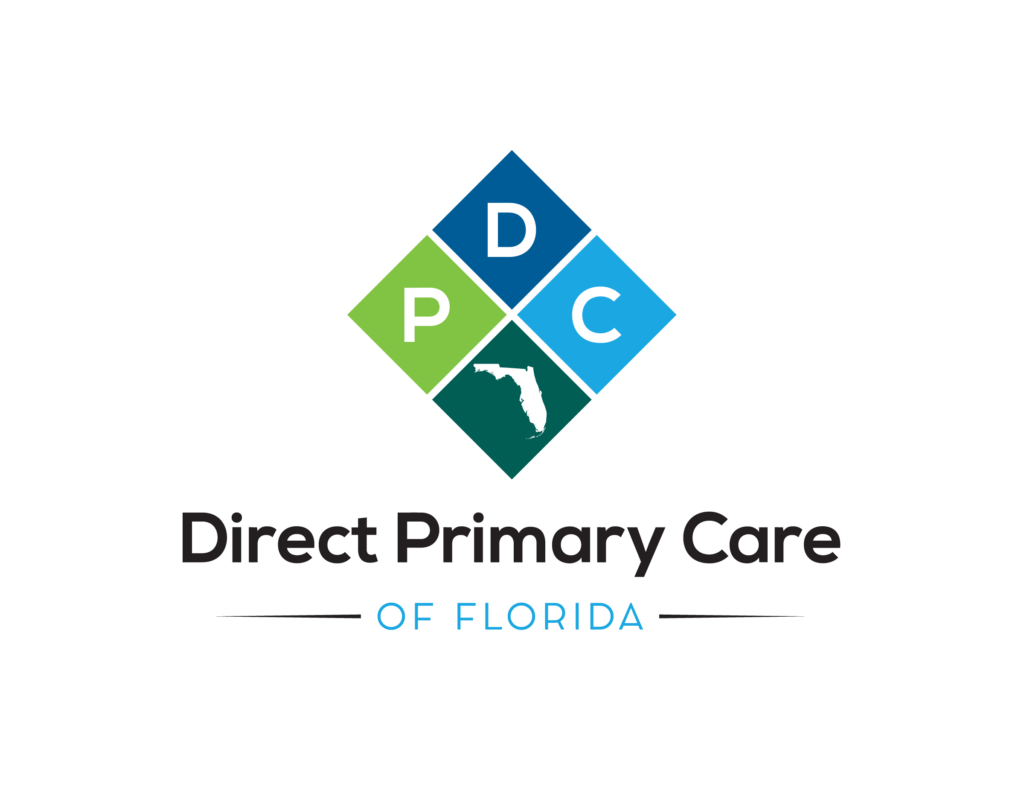The days are over where long waiting times are the norm when trying to book an appointment with your Doctor. As we push ahead with the digital world, multi-channel access is transforming how patients communicate with health professionals. In 2025, consulting with your doctor is not only faster, but also far more customised than before.
To begin with, patient-centric care has become the gold standard in healthcare. One major pillar of this approach is communication specifically, enabling patients to reach their physicians through the channels they prefer. In 2025, the emphasis is on flexibility, accessibility, and speed.
Moreover, the global shift toward hybrid healthcare blending virtual and in-person care has pushed both private practices and large hospitals to offer multiple communication touch points.

Although telehealth gained prominence during the COVID-19 pandemic, it has evolved significantly by 2025. Video consultations now come with added layers of interactivity such as real-time screen sharing of diagnostic reports, AI-driven health assessments, and integration with wearable health devices.
Furthermore, platforms like Zoom for Healthcare, offer secure, HIPAA-compliant environments that are easy to use for patients of all ages.
Transitioning from traditional to digital has made it easier for patients to:
In essence, telehealth remains a core pillar of multi-channel access.
In addition to video calls, secure messaging platforms are gaining popularity. Patients can now send text-based queries, request prescription refills, or upload reports via health portals or mobile apps like
These platforms allow for asynchronous communication, meaning you can send a message anytime even during non-office hours and receive a response within a defined timeframe.
What makes these channels even more valuable is their integration with the Electronic Health Record (EHR) system, ensuring that every interaction is recorded and accessible for future reference.
Another transformative trend in 2025 is the use of AI-powered chatbots for patient engagement. These virtual assistants are trained to handle a wide range of tasks, such as
For example, tools like Florence, Sensely, and Gyant act as digital front desks, guiding patients through routine processes before they need to speak with a human.
In addition, these bots are available 24/7, reducing the burden on clinic staff and enhancing overall patient satisfaction.
While not a direct communication channel in the traditional sense, wearables now play a significant role in doctor-patient interaction. Devices like smartwatches, glucose monitors, heart rate trackers, and smart rings continuously send patient data to a central dashboard monitored by healthcare professionals.
When an abnormal reading is detected say, an irregular heartbeat or dangerously low oxygen level the system can automatically trigger an alert to the assigned physician. In turn, the doctor can immediately reach out via phone, app, or video call. This proactive care model ensures that patients don’t have to initiate every conversation. Sometimes, the system speaks first.
Even though newer technologies are dominating the scene, email and phone calls haven’t disappeared. Instead, they’ve been integrated into a broader, more agile communication system.Phone calls are now often used for urgent conversations or when a more personal touch is required. Meanwhile, encrypted emails are ideal for sharing detailed lab reports or sensitive medical documents.Moreover, some practices allow patients to leave voicemail messages, which are then transcribed and added to their health records a simple yet effective hybrid of old and new technologies.
Mobile health apps in 2025 offer a consolidated experience that combines messaging, appointment scheduling, prescription tracking, lab result viewing, and teleconsultation into one seamless interface.
Apps like
These are not only feature-rich but also integrated with AI-based health coaching, diet tracking, and even mental health support tools.
As a result, patients no longer need to juggle multiple apps or websites they simply log into one platform and reach their doctor through the medium of their choice.
While not a professional or secure channel, some doctors now use social media platforms like Instagram, LinkedIn, or Facebook to share general advice and health updates. Some even create private Facebook groups or Discord channels to connect with patients with shared conditions, such as diabetes or anxiety.
However, these channels are generally not used for personal consultations but rather to foster community and provide preventive education.
Patients must exercise caution and avoid sharing personal health information in public forums.
It’s not enough to have multiple ways to connect; you also need to make sure that all channels are connected. In 2025, interoperability between platforms means
This omnichannel consistency ensures that patients don’t have to repeat themselves and that doctors always have the full picture when offering care.
With so many options, how do you decide the best way to reach your doctor? Here’s a quick guide:
|
Scenario: |
Best Channel |
|
Routine follow-up |
Telehealth or secure messaging |
|
Urgent medical issue |
Phone call or in-person visit |
|
Medication refill |
patient portal or mobile app |
|
Sharing a lab result |
Encrypted email or portal upload |
|
General health advice |
AI chatbot or wearable dashboard |
Ultimately, the right channel depends on urgency, complexity, and your comfort level with technology.
The healthcare aspect in 2025 is defined by options and benefits. Multi-channel access is not only popular but also essential to access the patients’ scheduled appointments (timely), proficient, and customized care. The conversation tools help the patients to connect with their doctors whenever they need help; it’s efficient for the patients and the doctors.
We are currently accepting new patients.

We believe in putting healthcare back where it belongs—in the hands of you and your doctor. With no insurance barriers, long waits, or rushed visits, we provide the time, attention, and quality care you deserve. Experience a better way to manage your health with Direct Primary Care of Florida.
© 2025 Direct Primary Care of Florida.